New releases
-
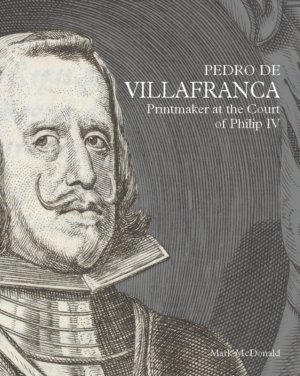 Pedro de Villafranca: Printmaker at the Court of Philip IV
This is the first comprehensive account of the life and work of the Spanish artist Pedro de Villafranca y Malagón (c. 1615–1684). His unrivalled skill as an engraver was recognised…
Pedro de Villafranca: Printmaker at the Court of Philip IV
This is the first comprehensive account of the life and work of the Spanish artist Pedro de Villafranca y Malagón (c. 1615–1684). His unrivalled skill as an engraver was recognised…
-
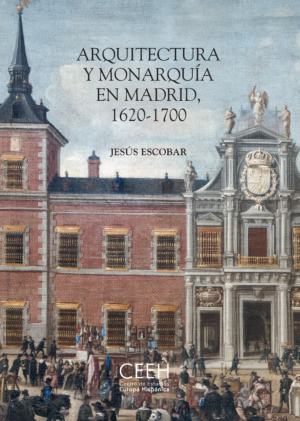 Arquitectura y Monarquía en Madrid, 1620-1700
With its selection as the court of the Spanish Habsburgs, Madrid became the de facto capital of a global empire, a place from which momentous decisions were made whose implications…
Arquitectura y Monarquía en Madrid, 1620-1700
With its selection as the court of the Spanish Habsburgs, Madrid became the de facto capital of a global empire, a place from which momentous decisions were made whose implications…
-
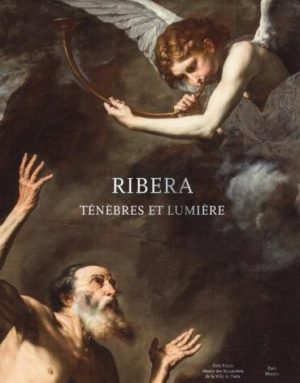 Ribera, ténèbres et lumière
The Petit Palais is presenting the first French retrospective ever devoted to Jusepe de Ribera (1591-1652), the terrible heir to Caravaggio, whom his contemporaries considered ‘darker and more ferocious’ than…
Ribera, ténèbres et lumière
The Petit Palais is presenting the first French retrospective ever devoted to Jusepe de Ribera (1591-1652), the terrible heir to Caravaggio, whom his contemporaries considered ‘darker and more ferocious’ than…
-
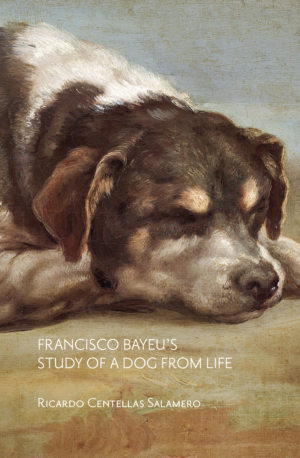 Francisco Bayeu’s Study of a Dog from Life
Francisco Bayeu (1734–1795) was the most influential painter at the Spanish court in the last quarter of the eighteenth century. Painter to Charles III and IV and director of the…
Francisco Bayeu’s Study of a Dog from Life
Francisco Bayeu (1734–1795) was the most influential painter at the Spanish court in the last quarter of the eighteenth century. Painter to Charles III and IV and director of the…
-
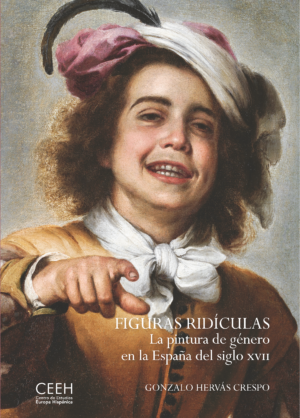 Figuras ridículas
Figuras ridículas
La pintura de género en la España del siglo XVII Genre painting in seventeenth-century Spain is scarce in comparison with the Flemish or Italian schools. But if two of the most important practitioners of this trend in modern Europe were… -
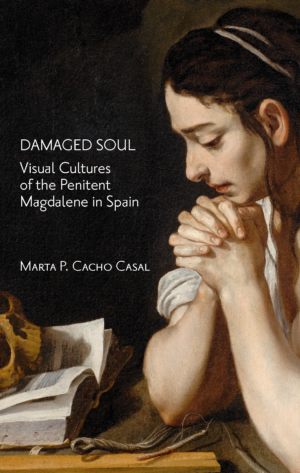 Damaged Soul
Damaged Soul
Visual Cultures of the Repentant Magdalene The Spanish Gallery at Bishop Auckland holds a small yet remarkable collection of works representing the Penitent Magdalene in her cave in Southern France. These were painted by three seventeenth-century… -
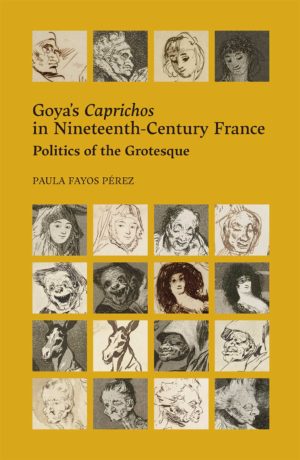 Goya’s Caprichos in Nineteenth-Century France
Goya’s Caprichos in Nineteenth-Century France
Politics of the Grotesque The impact of Goya’s oeuvre and particularly of the Caprichos (1799) on nineteenth-century French art was immense, long lasting and multifaceted. Whereas in Spain Goya was associated with the work… -
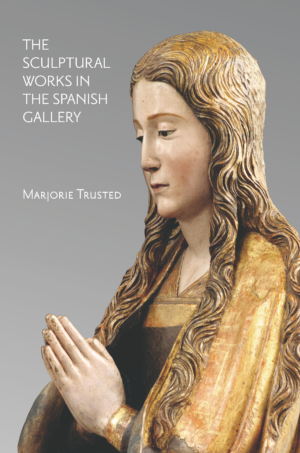 The Sculptural Works in the Spanish Gallery
The collection of Spanish sculpture at Bishop Auckland, both chronologically and in terms of subject matter, presents the reader with a virtually encyclopaedic view of Spanish art from medieval times…
The Sculptural Works in the Spanish Gallery
The collection of Spanish sculpture at Bishop Auckland, both chronologically and in terms of subject matter, presents the reader with a virtually encyclopaedic view of Spanish art from medieval times…
-
 A Spectacle for a Spanish Princess
A Spectacle for a Spanish Princess
The Festive Entry of Joanna of Castile into Brussels (1496) After marrying Philip the Fair in Lier, Princess Joanna, Infanta of Castile, travelled to Brussels by herself and on the evening of 9 December 1496 she reached the outskirts of…
